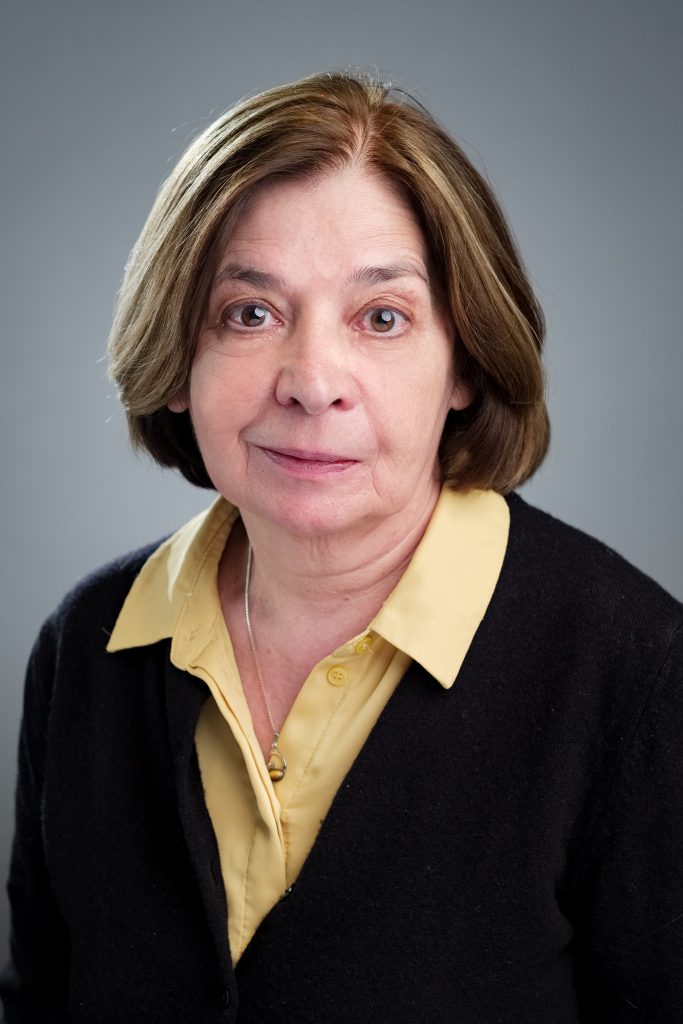A pedagógushiány területi különbségei
Varga Júlia
Educatio 32 (1), pp. 107–120 (2023)
A tanulmány a pedagógushiány területi különbségeinek alakulásáról ad leíró elemzést.
A pedagógushiány korábbi lassú, hullámzó növekedését 2015 és 2016 után rendkívül gyors növekedés váltotta fel, és ekkor a települések közötti különbségek is átrendeződtek. Korábban a települési hierarchiában felfelé haladva rendszerint egyre kisebb volt a pedagógushiány, 2019-re, 2020-ra számos hiánymutató azt jelezte, hogy Budapesten romlott legjobban a helyzet. Ez valószínűleg összefügg azzal, hogy az alternatív munkalehetőségek a fővárosban a legjobbak, ezért ott könnyebben dönthetnek a pályaelhagyás mellett a tanárok. Az összes bemutatott hiánymutató értékének 2016-ot követő hirtelen megemelkedése arra is utal, hogy nemcsak a tanári munka kínálata, de a tanárok iránti kereslet is hirtelen megváltozhatott, ami – az időbeni egybeesés – alapján összefügghetett a középfokú szakképzés átalakításával.
Kulcsszavak: tanárhiány, hiánymutatók, területi különbségek
Regional differences in the teacher shortage
Júlia Varga
This article gives a descriptive analysis of the evolution of regional differences in teacher shortages. The previous slow and fluctuating increase in teacher shortages was replaced by an extremely rapid increase following 2015 and 2016, and the differences between types of settlements where the schools are working have also changed. Previously, the teacher shortage had been decreasing upwards in the hierarchy of settlements, but several shortage indicators showed that the situation had worsened most in Budapest by 2019 and 2020. This is probably related to the fact that alternative job opportunities are best in the capital, where teachers may more easily decide to leave the profession. The sudden increase in the values of all the presented shortage indicators after 2016 also suggests that not only teacher supply but also the demand for teachers may have changed suddenly, which, given the coincidence in time, could be linked to the restructuring of secondary vocational education.
Keywords: teacher shortages, shortage indicators, regional differences




